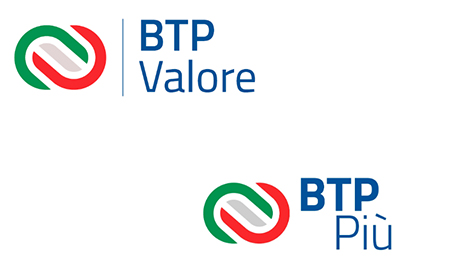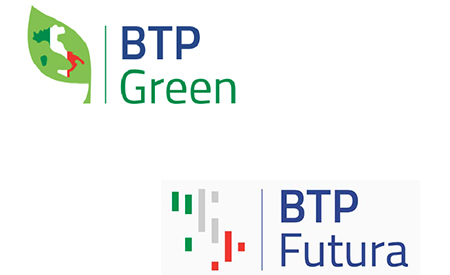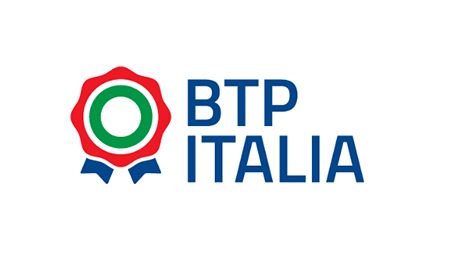What are BTPs?
BTP stands for "Buoni del Tesoro Poliennale", or multi-year Treasury bonds. It is a type of government bond - in other words, a loan that citizens make to the Italian State. In return, the State agrees to repay the bond face value after a set period of time and, in the meantime, to pay regular interest in the form of coupons.
BTPs have medium - to long - term maturities - ranging from 18 months up to 50 years for the standard version - and can be purchased through your bank or another financial intermediary:
- either at the time of issue, which usually takes place through an auction (known as the primary market);
- or later on, by buying it on the secondary market. The most important secondary market for retail investors is the MOT (Mercato Telematico delle Obbligazioni e dei Titoli di Stato), Italy's electronic bond and government securities market.
The standard BTP is the most straightforward type. It is a fixed-rate bond that pays a regular annual coupon, set as a percentage of the bond face value and paid in two half-yearly instalments. The purchase or subscription price is usually different from the face value (for example, you might pay €923 or €1,015 to buy a bond with a face value of €1,000). This difference, along with the interest payments, affects the bond's overall return - positively or negatively.
Over time, the Italian government has introduced other types of BTPs with features that differ from the standard version, including inflation-linked bonds. Some types are designed specifically for small savers. You can find the full list of BTP types on the website of the Ministry of Economy and Finance, along with more information in the sections below.
What you need to know about BTPs
All BTPs are investment products suitable for people with a medium- to long-term investment horizon, who are not expecting any urgent expenses in the near future, or who have other savings set aside to cover such needs.
BTPs can also be bought and sold after the initial issue, and it's perfectly normal for their market price to be higher or lower than the price at which they were first offered.
It's important to keep in mind...
The market price of a BTP will fluctuate depending on changes in interest rates, which in turn are influenced by many factors - for example, the inflation rate, the perceived risk associated with the Italian government, and the level of real interest rates (that is, interest rates adjusted for inflation). These are all difficult to predict. However, if you hold the bond until maturity, you will receive an amount equal to the face value (or more, in the case of inflation-linked BTPs such as the BTP€i, which adjust the final repayment to reflect euro area inflation) - unless, in the highly unlikely event, the Italian State defaults.
There's another point worth noting. The returns that savers earn on BTPs and other Italian government bonds benefit from a favourable tax regime: they are taxed at 12.5 per cent, compared with 26 per cent for other bonds and financial products. This makes the net return more attractive, even when the gross return is the same.
In general, when we invest, we shouldn't just ask ourselves "How much will this bond pay me?". It's even more important to consider whether the product we're choosing can help us meet our financial goals, whether it matches the time frame we're comfortable investing for, and whether we're prepared for the risks involved. We should also ask whether it contributes to a well-balanced investment portfolio - for example, in terms of diversification of products, maturities, and risk levels.









 Youtube
Youtube
 X - Banca d’Italia
X - Banca d’Italia
 Linkedin
Linkedin
 RSS
RSS